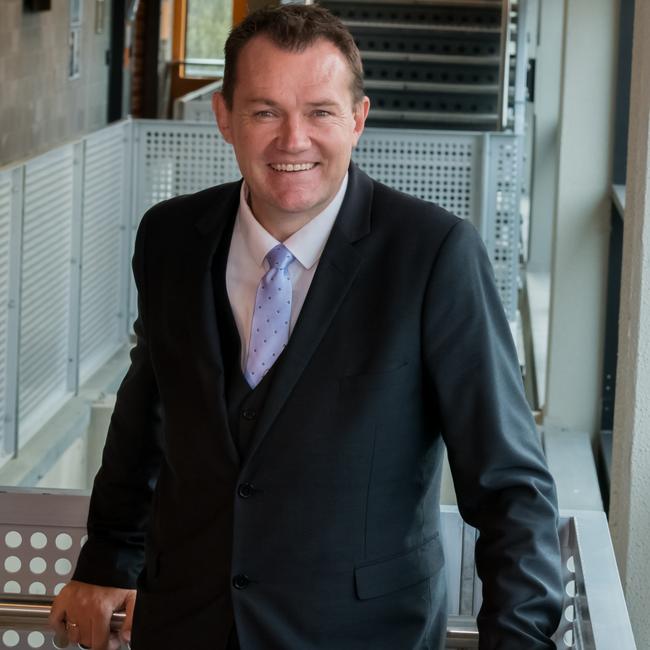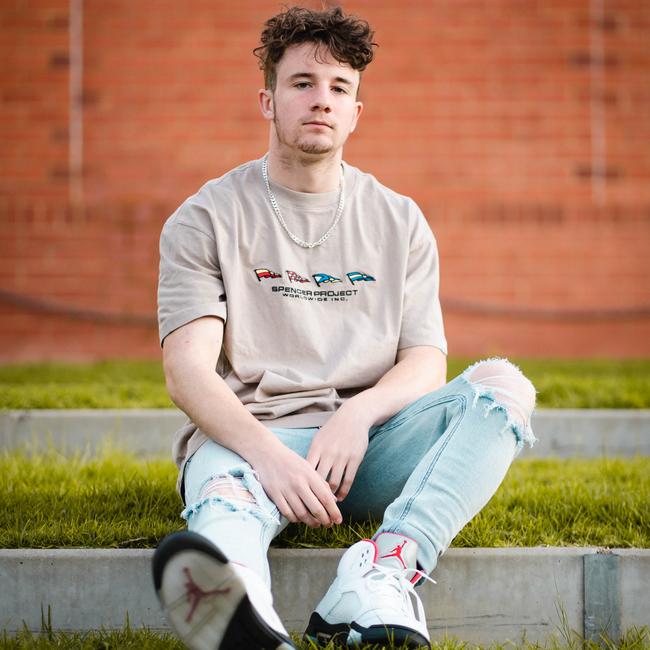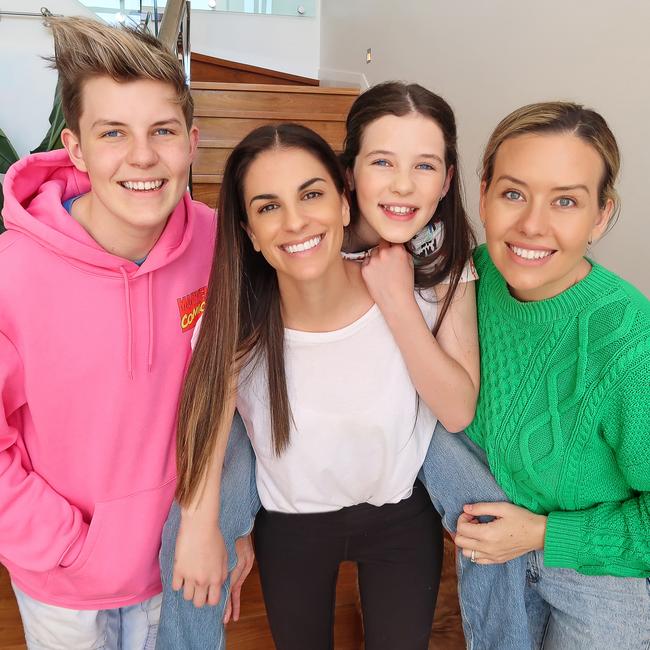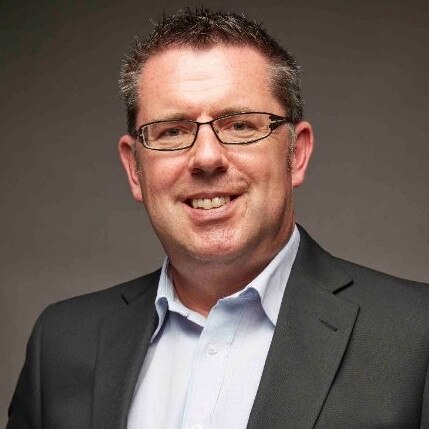Mapped: Where Australia’s rich teens live
The median income in Australia is $42,000 a year, but there are 1900 teenagers who made more than double that last year. View map to see where they live.

National
Don't miss out on the headlines from National. Followed categories will be added to My News.
Almost 2000 cashed-up teens pulled a six-figure income last year, more than doubling the country’s $42,000 median and proving that university is not the only pathway to making bank.
Experts say online platforms have made it easier to set up businesses or monetise creative content, and worker shortages since the pandemic are encouraging employers to snap up talent straight out of school, leading to higher salaries at younger ages.
WHERE THE RICH TEENS LIVE
Latest census figures revealed 1900 Australians aged 15 to 19 reported a personal income of at least $2000 a week (about $104,000 a year) in 2021, including 838 who earned $3500 or more ($182,000-plus a year).
Most were in the local government areas of Brisbane (91 on six-figures last year), Unincorporated ACT (41), Moreton Bay, north of Brisbane (41), Gold Coast (36), Melbourne (34) and Sydney (32).
There were also 11 in Playford, South Australia, seven in Darwin, and seven in Brighton, Tasmania.
However, the highest concentration of wealthy under-20s were in the small LGAs of Perenjori, Ashburton, Northampton, Gingin and Port Hedland in Western Australia, and Temora, Walgett and Narrabri in New South Wales. Here, at least one in 100 teenagers made six figures last year, according to the census.
HOW TEENS CAN MAKE BIG MONEY
Tax expert Dr Adrian Raftery said people who start a trade apprenticeship at age 14 or 15 could reach $100,000 by 18 or 19.
“(Looking at the Census data) it tends to be more in the mining areas so there are maybe a few more higher paying jobs in the mining communities, especially at a young age, which is pretty exciting for a young fella or young girl,” he said.

Dr Raftery, author of 101 Ways to Save Money on Your Tax Legally, said online cryptocurrencies and influencer work likely also played a part.
“There may have been few (teenagers) that made a nice big windfall gain if they bought some Bitcoin or Ethereum or some other type of crypto really cheap and, when it went crazy there, they sold on the high and had a huge capital gain,” he said.
His own 10-year-old son was already exploring ways to make money from YouTube and online games.
“He has got the commercial head and is right on top of it now about how much money he could make depending on all the followers he has and the likes, etc. He is not quite at that stage yet, but he is thinking about it,” Dr Raftery said.

Some teen YouTubers turning content into cash include Newcastle’s Sabre Norris, 17, who is a champion surfer and skateboarder; Melbourne’s Grace Mulgrew, 16, who has created a drama series using Barbie dolls; and Melbourne’s Samuel Weidenhofer, 19, who films himself doing random acts of kindness.

Mr Weidenhofer said he made about $15,000 a month but 60 per cent was invested back into the channel or given away to people in need.
“With every video I put out, I just hope that it inspires someone to try and make the world a better place, and not to judge people based on how they look or how they act but actually what’s inside,” he said.
Mr Weidenhofer was born with a speech impediment and was badly bullied, forcing him to move schools multiple times. He also lost his aunt to suicide.
“After all I had been through, I didn’t want to take this down a dark path and negativity and fit in with the teenagers with drinking and drugs and whatever. I wanted to change that around and do something positive for the world,” he said.
Since the channel took off in January last year, creating and editing content and managing collaborations with Australian and international brands has been Mr Weidenhofer’s full-time job.
He has begun speaking at schools and events and will next year head to the US to work with rapper Yung Gravy. He also plans to start a clothing line.

Meanwhile, Perth’s Prezley Lea, 15, is bringing in more than $1 million a year through his YouTube channel and business.
“My videos are based primarily around popular Roblox games and I have built a successful store based on my brand PREZLEY where I sell plushies and clothing that relate to the characters I base my gaming videos around,” he said.
“I was 10 when I began asking to make videos for YouTube. My parents (Beck and Bec) knew I wanted to be an actor so they were really supportive and encouraging and helped start a channel for myself and my sister Charli called Empire Family.
“A few years later, when I got into gaming, we launched a gaming channel called PREZLEY.”

Mr Lea, who has 1.7 million subscribers, spends about two hours a day on the business but his mothers also work on it full time.
“The PREZLEY business is now bringing in over $1 million dollars and continues to grow each year through lots of hard work, having an awesome team behind me and by diversifying the revenue streams,” he said.
Mr Lea’s advice for other teens who want to monetise online content is to “choose something you love to do and stick with it”.
“If you start with something that you love, it’s so much easier to make videos and grow your following,” he said.
Adobe’s Future of Creativity Study showed young Australians could earn top incomes online through activities such as photography, creative writing, fashion creation, and graphic design.
About one in 14 surveyed Gen Z creators (aged 16 to 24) earned at least $10,000 a month – the equivalent of $120,000-plus a year.
Steve Shepherd, chief executive of TwoPointZero, which specialises in career advice for young people, said technology had changed how people accessed work.
“I bumped into a guy at the hairdressers with bags and bags of sneakers, he had just bought them and already had online orders where he was making 20 per cent, 30 per cent more because they were limited edition in the shop,” Mr Shepherd said.
“If you are a little bit entrepreneurial and you have a good idea, its not hard to set up a business these days.”
HIGH-PAYING JOBS WITH NO DEGREE REQUIRED
Mr Shepherd said two sectors that offered top salaries to young people were technology and commission-based sales – and roles did not always require a university degree.
“As long as someone has a good attitude, is willing to work, willing to learn, willing to ask questions, (employers) will give them a start,” he said.
“They find (work experience of any kind) far more attractive over tertiary, because right now there is high demand for workers.”
Still, most teens are not earning six figures.
Just 0.1 per cent of all Australians aged 15-19 earned more than $100,000 last year.

FAMILY AND TESTAMENTARY TRUSTS
H&R Block director of tax communications Mark Chapman suggested some may have been beneficiaries of a trust.
“If I run a successful family business through a discretionary family trust, I can pay the trust beneficiaries – which would include my adult children – a share of my business profits,” Mr Chapman said.
“(This) would potentially divert the income from my own personal tax – which could be at the highest tax rate – to a much lower rate enjoyed by my kids, who might not have any other source of income.
“Note that this doesn’t work for under-18s who are taxed at extremely high rates on trust income – up to 66 per cent.”
Dr Raftery said there may also be some under-18s who received money through a testamentary trust after a family member passed away.
More Coverage
Originally published as Mapped: Where Australia’s rich teens live



